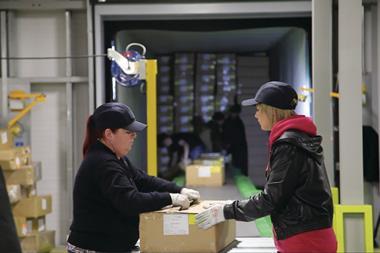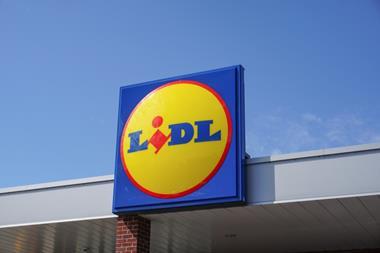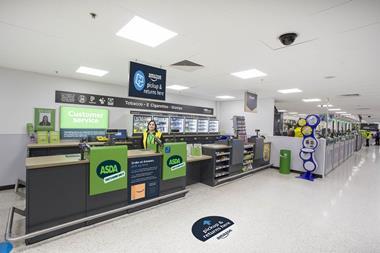There are few retailers who are not reviewing their supply chains in some way at the moment, and everyone is looking at how to cut costs.
There are few retailers who are not reviewing their supply chains in some way at the moment, and everyone is looking at how to cut costs.
It’s no secret that the multichannel business model is an expensive one, and much of the work going on is looking at how cost can be removed from a model that uses several channels and relies on complex ways of working.
Collaboration is one trend that continues to take hold in the retail industry. We’re not likely to see Sainsbury’s and Tesco using the same delivery fleet any time soon, but collaboration is already happening between some retailers and FMGC brands who don’t compete directly. The practice is particuarly popular among grocers where there are lots of savings to be made, and a huge infrastructure with high costs.
Current supply chains are not designed for a multichannel world, but there are small steps retailers can take – and in many cases, are already taking. From visibility tools to sharing fixed cost resources, change is sweeping the supply chain industry.
As Eric Born, chief executive of logistics firm Wincanton says: “Change puts pressure on existing supply chains, and the retail business model is changing as consumer behaviour changes.”
Sharing infrastructure costs between suitable companies is just one of the trends emerging in a fast-changing sector. Retailers are clearly thinking imaginatively as they re-jig their infrastructure in response to multichannel retailing.

































No comments yet